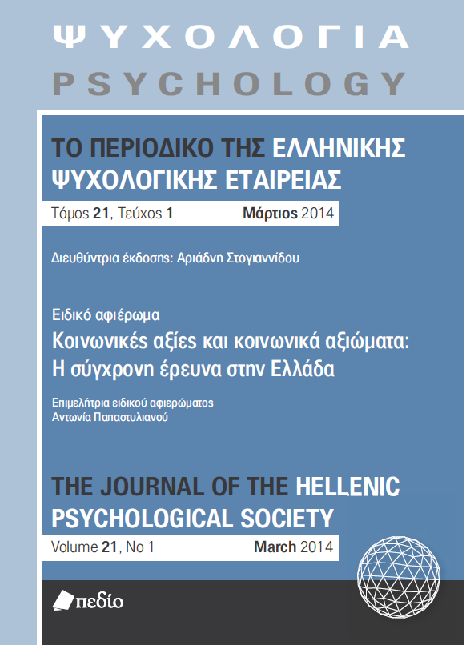Individiualism-Collectivism and School Bullying

Abstract
The relationship between bullying at school and cultural value orientation constitutes one of the most interesting topics in the international literature during the recent years. Media in Western countries, where individualist cultural values prevail, present collectivist societies as less sensitive towards individual freedom and individual needs. For this reason, they postulate that phenomena such as peer violence and bullying at school are more frequent and more intense in societies where individuals are subordinated to the coercion and expectations of the group. Some recent studies confirm the above rationale and attribute it to the authoritarian parental style that such societies adopt. however, some other studies support the idea that collectivism is a cultural orientation that aims to prevent individuals from getting involved in violent actions against the powerless. Power distance, a cultural dimension referring to the way that power is allocated among people, with either individualist or collectivist cultural values, seems to be the key for the clarification of this issue. Both individualism and collectivism can have a horizontal and a vertical dimension of power distance. horizontal power distance fosters equality and cooperation, whereas vertical power distance underlines hierarchy and submission to the directives of authority. The current paper aims to explore the relationship between the above variables presenting
findings from empirical research.
Article Details
- How to Cite
-
Γεωργίου Σ., & Φουσιανή Κ. (2020). Individiualism-Collectivism and School Bullying. Psychology: The Journal of the Hellenic Psychological Society, 21(1), 76–88. https://doi.org/10.12681/psy_hps.23262
- Issue
- Vol. 21 No. 1 (2014)
- Section
- SPECIAL SECTION

This work is licensed under a Creative Commons Attribution-ShareAlike 4.0 International License.
The journal PSYCHOLOGY adopts a Platinum open-access policy. Submission, processing or publication costs are waived by the Hellenic Psychological Society. Papers published in the journal PSYCHOLOGY are licensed under a 'Creative Commons Attribution-ShareAlike 4.0 International' licence. The authors reserve the copyright of their work and grant the journal the right of its first publication. Third-party licensees are allowed to use the published paper immediately after publication as they wish, provided they retain the defined by the license copyright formalities, regarding the reference to its author(s) and its initial publication in the journal PSYCHOLOGY. Moreover, any adjusted work should be shared under the same reuse rights, so with the same CC license.



